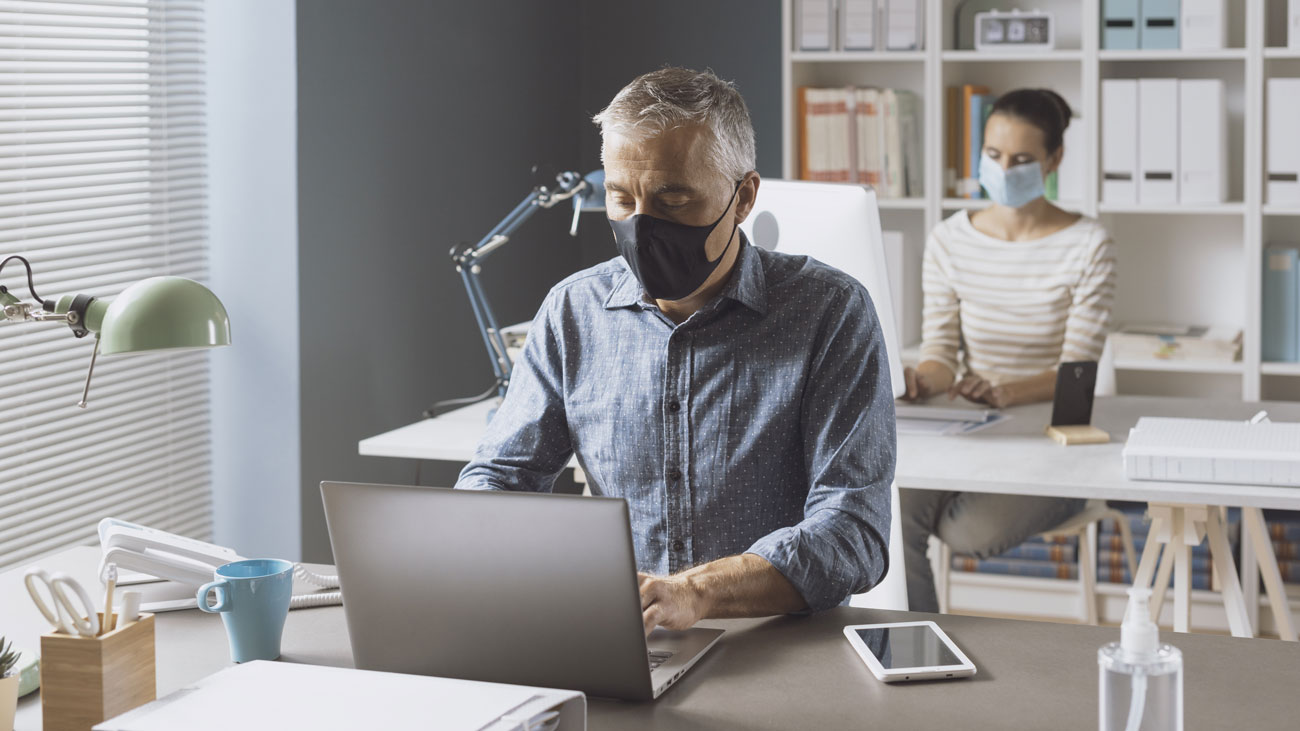
HSE: a shift from safety to work-related mental health?
Whilst the UK has one of the lowest fatal and non-fatal injury rates in Europe, the same cannot be said for work-related ill health. The Health and Safety Executive’s (HSE) annual statistics for 2021/2022 state that 1.8 million workers suffered from work-related ill health in 2021/22, which is an increase of 6% from the previous year. This change is reflected in the increasing attention now being placed on mental health, including in relation to national policy. For example, the UK government has announced £150m funding for mental health services. Olivia Tusler, Senior Associate, and Janine Holbrook, Senior Associate at law firm Kennedys talk us through the HSE’s objectives.
Work related stress, depression or anxiety represented the highest proportion of work-related ill health (51%, or 914,000 cases) in last year’s figures, which was close to double the number of work-related musculoskeletal disorders (27%, or 477,000 cases) reported during the same period. “Other” types of work-related ill health made up the remaining 22% of cases. In addition, it is reported that half of all working days are lost due to work-related stress, which amounts to 17 million lost working days across the UK and costs to employers of up to £56bn a year. Even then, it is anticipated that these are not the true figures as it remains the case that employees are reluctant to report work-related stress.
The annual statistics include the cost of work-related injury and ill health to businesses for the first time since the COVID-19 pandemic. New cases of work-related ill health cost individuals, employers and the government a total of £11.6m in 2021/2022. Further, given these figures, it is unsurprising that the HSE is increasing its focus as the regulator for occupational ill health as well as safety.
HSE strategic objective – reducing work-related ill health
The HSE strategy for 2022 to 2032 sets out its priorities and objectives for the next decade. The first objective is to undertake work to reduce the trend of increasing work-related ill health, with a specific focus on mental health. In support of this objective, the HSE is currently running a number of different campaigns with the aim of raising awareness of the importance of protecting workers’ health.
One of the leading initiatives is the ‘Working Minds’ campaign. The campaign focuses on reminding employers that they have an obligation to consider work-related stress as a risk to employees and, as such, must have in place appropriate control measures. This includes having a workplace mental health risk assessment to ensure adequate control measures are in place, such as working mind champions, mental health first aiders and stress talking tool kits.
Forming part of the campaign is the five Rs which encourage employers to:
- Reach out;
- Recognise;
- Respond;
- Reflect; and
- Make it Routine to talk about work-related stress and mental health within the workplace as much as safety-related issues.
Work-related stress should also form part of an employer’s consideration for home and hybrid-workers and be included as part of a risk assessment for working at home. This also applies for workers who are required to work away from home. Both of which can be self-isolating and can lead to an increased risk of mental health problems.
Whilst the campaign has been widely publicised, it should be noted that the HSE’s focus on work-related ill health is not limited to mental health, but extends to respiratory lung conditions with a particular focus at the moment on construction workers’ exposure to silica and wood dust as part of its ‘Dust Kills’ campaign.
From May until the end of July 2023, the HSE will be will also be targeting construction sites across the UK via ad hoc inspections specifically focusing on the risk of workers from exposure silica and wood dust. The aim of these targeted inspections is to ensure that these risks have been considered and appropriate control measures are in place. The HSE has made clear that during said inspection that they will also seek assurances that asbestos containing materials have been identified and removed, or managed, where necessary to prevent exposure. This will link to the HSE ‘Asbestos & You’ campaign, which warns that approximately 500 people a year die from past exposure to asbestos.
Comment
We are unaware of criminal proceedings having been brought in relation to work-related stress, depression or anxiety, unlike other cases of occupational ill health, such as vibration-related conditions and respiratory problems. However, the HSE has indicated that it would consider prosecuting businesses if there is evidence of a number of staff suffering with poor work-related mental health and organisational failings to protect employees.
Further, the HSE cannot, at present, investigate any work-related suicide unless a referral from a coroner is received, but this could change. Very recently there have been calls for the HSE’s remit to expand following the tragic death of primary school teacher Ruth Perry, who took her own life whilst awaiting the outcome of an Ofsted report.
Given the HSE’s already stretched resources, and the fact that its remit has widened as the new Building Safety Regulator, leading on chemical safety post-Brexit and in advising on new risks such as climate change, arguably any further responsibilities would have to be supported by further resource and investment, which may not be available.







